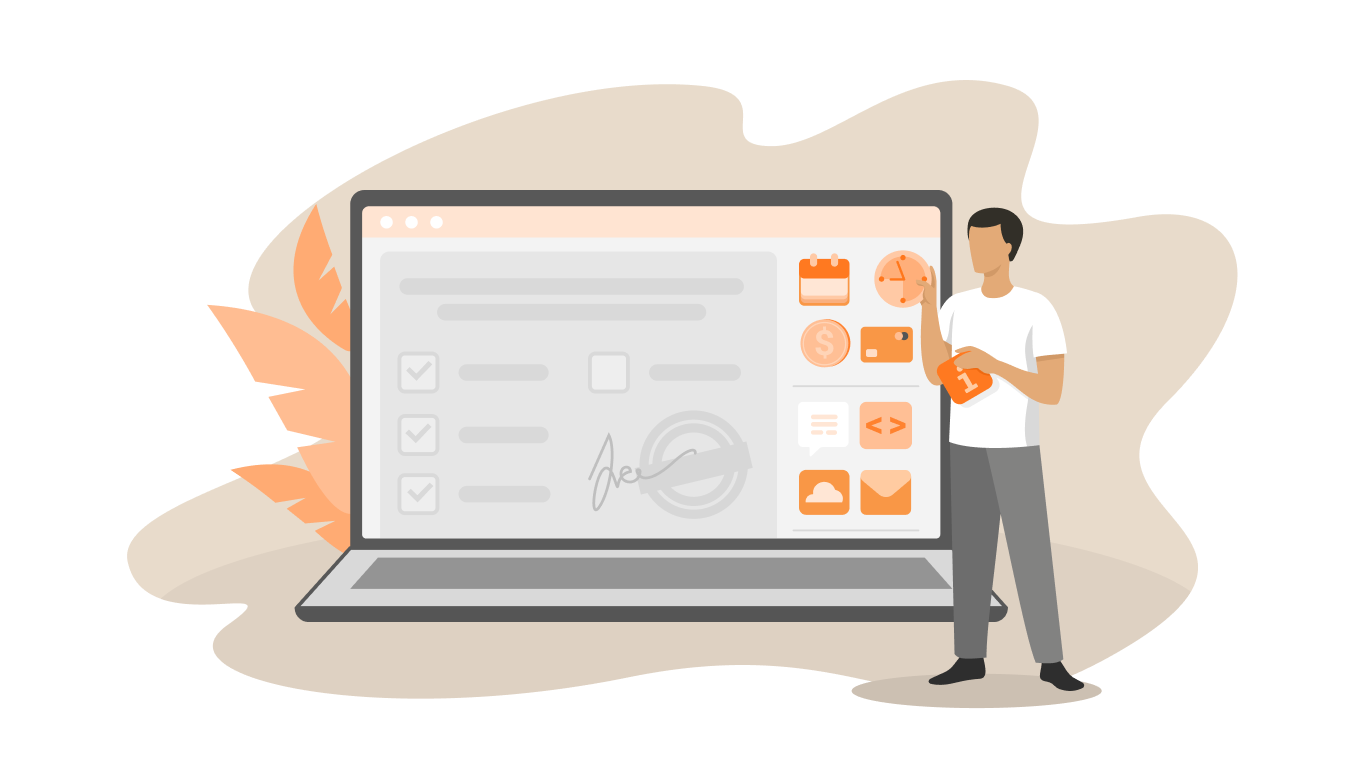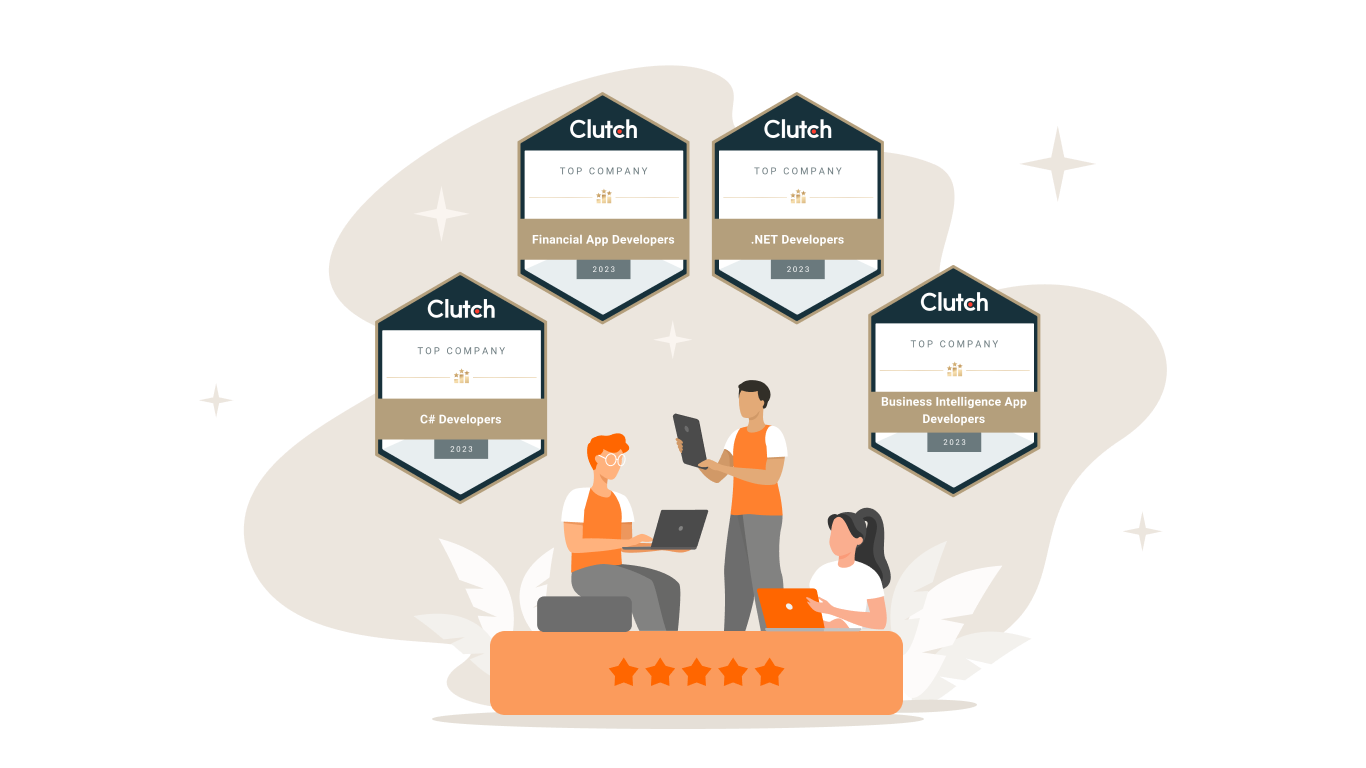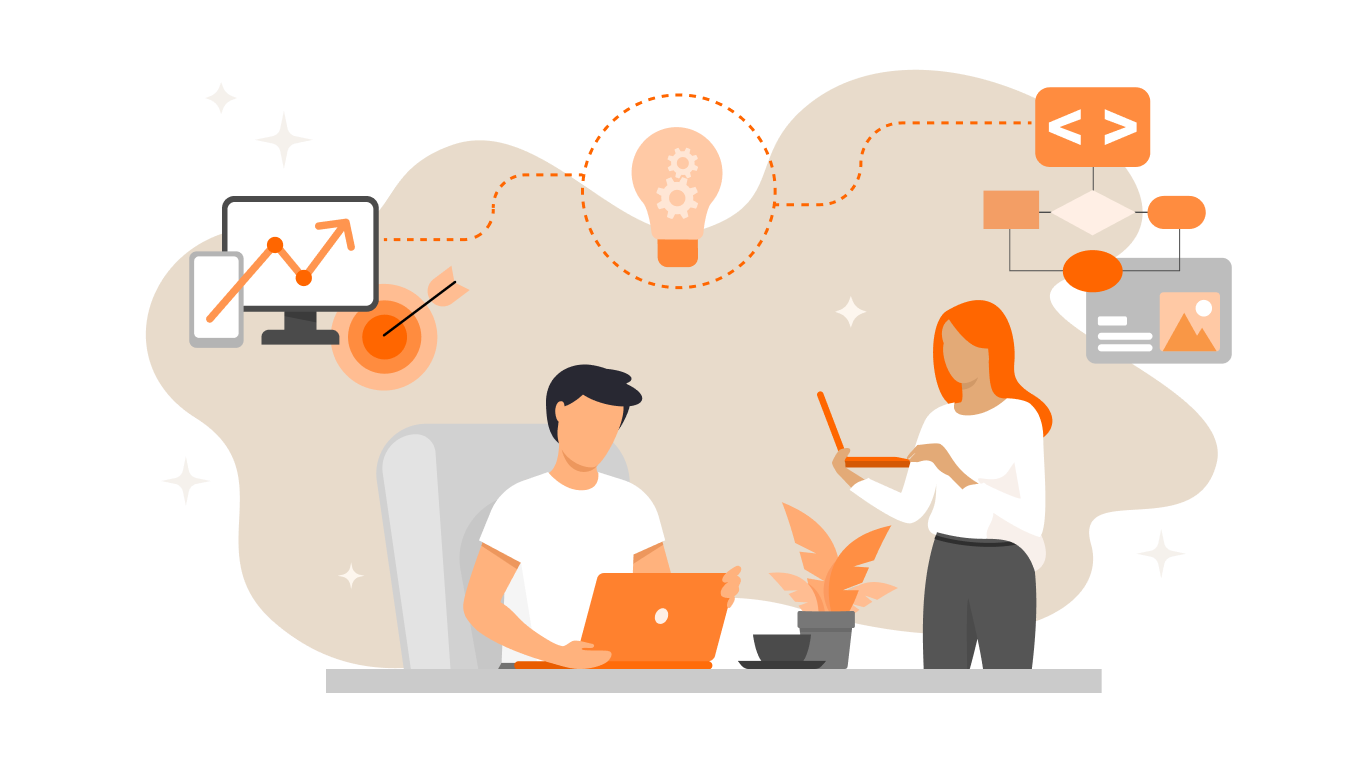Scrum Methodology: members and process. Part 1

Each project is a unique event that can not be adjusted to a specific standard or model. However, project management processes are amenable to standardization and the documents that formalize these processes are called project management methodologies. Scrum is one of such methods. This is a framework, created in 1986, which is considered the most structured of the Agile family. It combines elements of the classical process and the idea of a flexible approach to project management.
Scrum was developed for projects that require “quick wins” in combination with tolerance for change. In addition, this framework is suitable for situations where not all team members have sufficient experience in the field in which the project is implemented. Constant communication between team members allows to eliminate the lack of experience or qualification of some employees due to information and assistance from colleagues.
The term Scrum can be defined as the methodology of project management, which is built on the principles of time management. Its main feature is the involvement of all participants in the process, and each participant has a certain role. The main point is that not only the team is working to solve the problem, but all those who are interested in solving the problem are constantly working with the team, and this work does not mean only constant monitoring.
Currently, Scrum is one of the most popular software development methodologies. In this article we’ll study out who are the participants of Scrum method and what processes occur between them.
Basic roles
Product Owner is a person who has a direct interest in a quality final product, he understands how this product should look like / work. This person does not work in a team, he works on the client’s / customer’s side (this can be either another company or another department), but this person works with the team. It is the link between the development team and the customer. And this is the person who sets priorities for tasks. The goal of PO is to maximize the value of the product being developed and the work of the team.
Scrum Master is a person who can be called the project manager, although this is not quite so. He is the “servant-leader”. The task of Scrum Master is to help the team maximize its effectiveness by eliminating obstacles, helping, training and motivating the team, assisting the PO. Scrum Master ensures that all Scrum principles are followed.
Scrum team is a development team that accepts all principles of Scrum and is ready to work with them. Development team (DT) consists of specialists who directly work on the product.
According to The Scrum Guide (a document that is an official description of Scrum from its authors), DT should have the following qualities and characteristics:
-Be self-organizing. No one (including SM and PO) can tell the team how to convert Product Backlog to a working product
-Be multifunctional, have all the necessary skills to produce a working product
-The whole team is responsible for the work, not the individual team members.
The recommended size of the team is 5-9 people. According to Scrum ideologists, larger teams require too much resources for communication, while smaller teams increase risks (due to possible lack of required skills) and reduce the amount of work a team can perform per unit of time.

The Scrum process
The basis of Scrum is Sprint, during which the work on the product is performed. At the end of Sprint, a new working version of the product should be obtained. Sprint is always limited in time (1-4 weeks) and has the same duration throughout the life of the product.
Before every Sprint starts, Sprint Planning is done, which evaluates the contents of the Product Backlog and forms the Sprint Backlog, which contains the tasks (Story, Bugs, Tasks) that must be performed in the current sprint. Each sprint must have a goal that is a motivating factor and is achieved by running tasks from Sprint Backlog.
In the next article, we’ll find out what artifacts exist in the Scrum and without which rituals this management can not exist.









